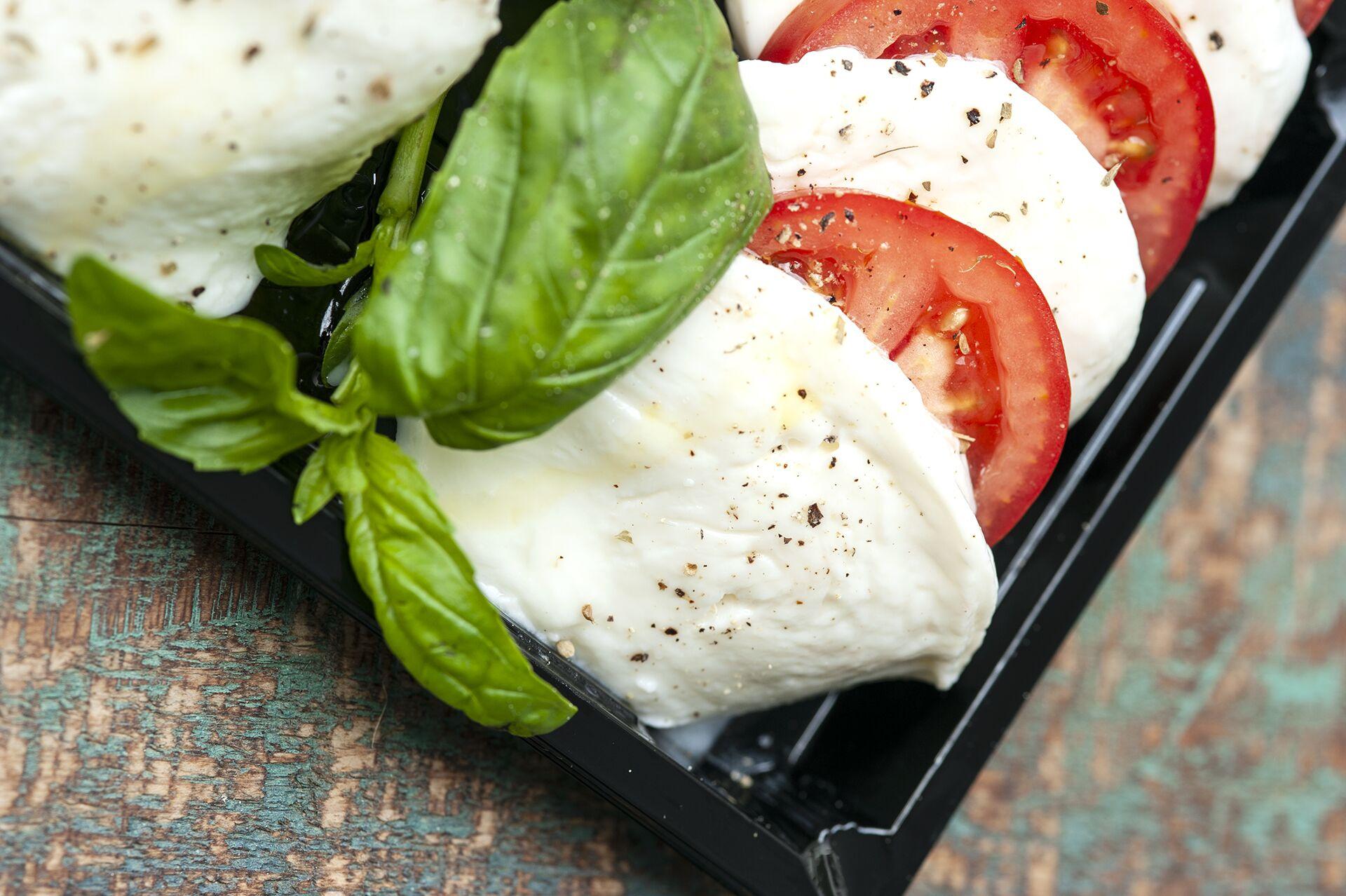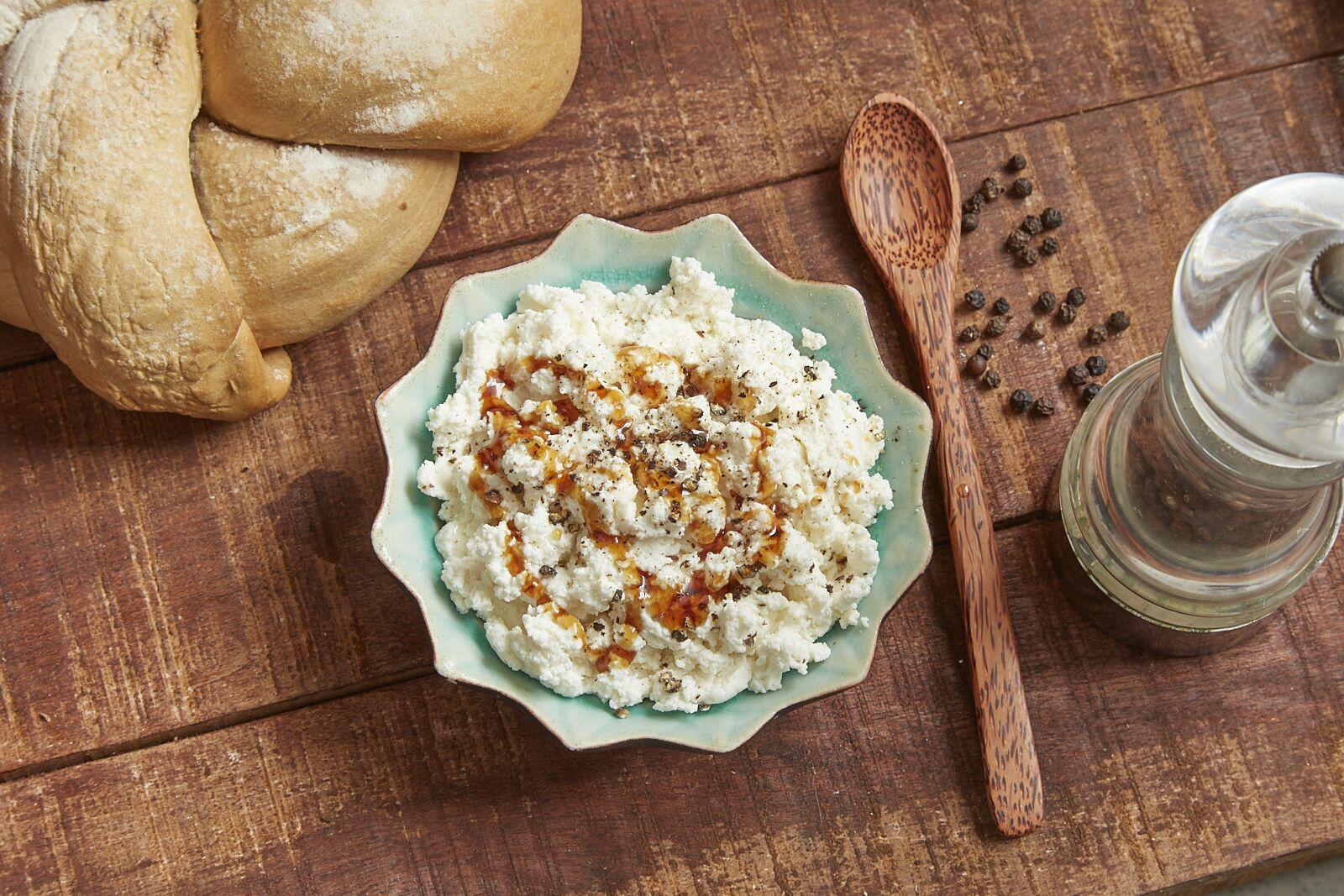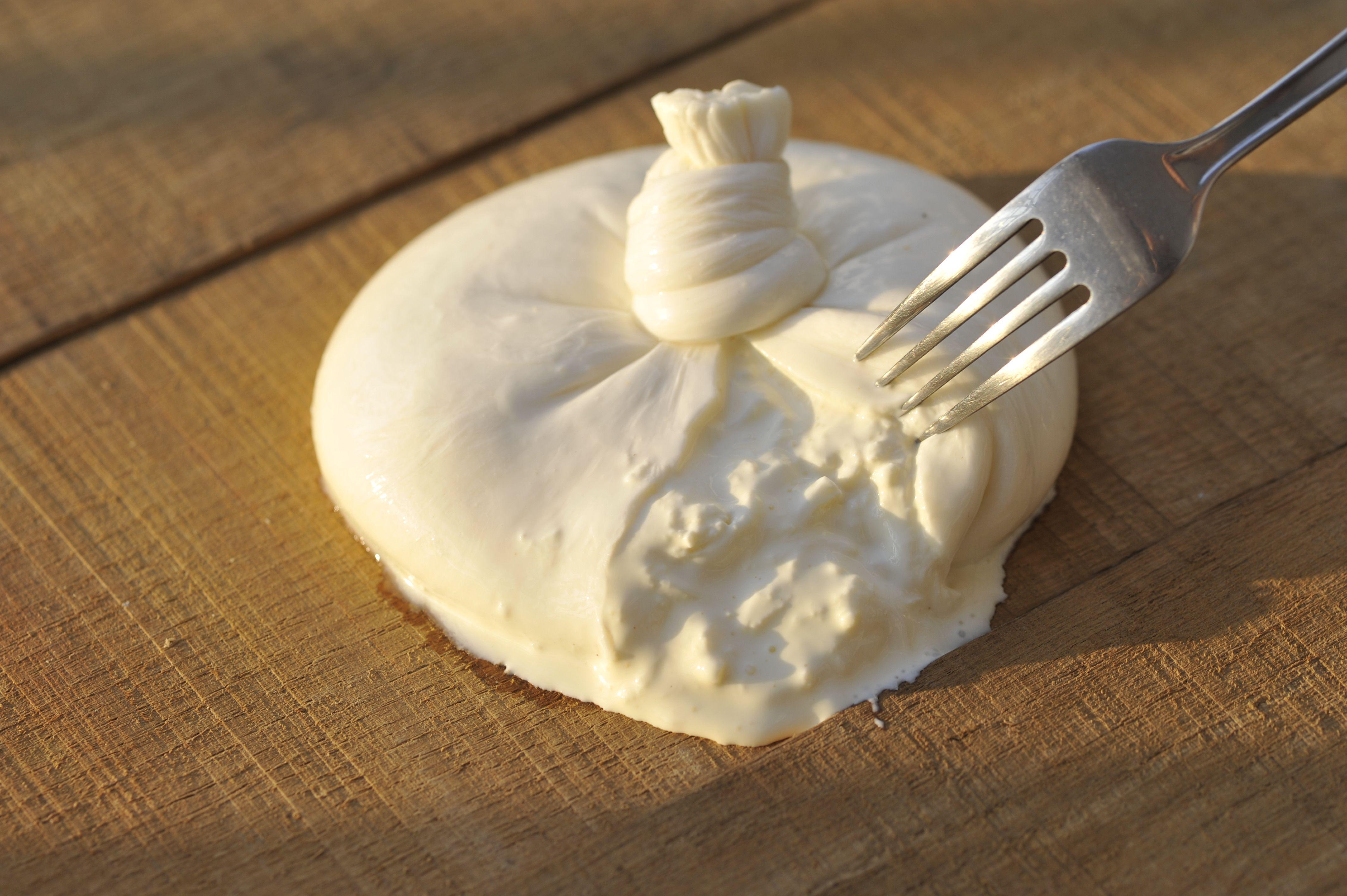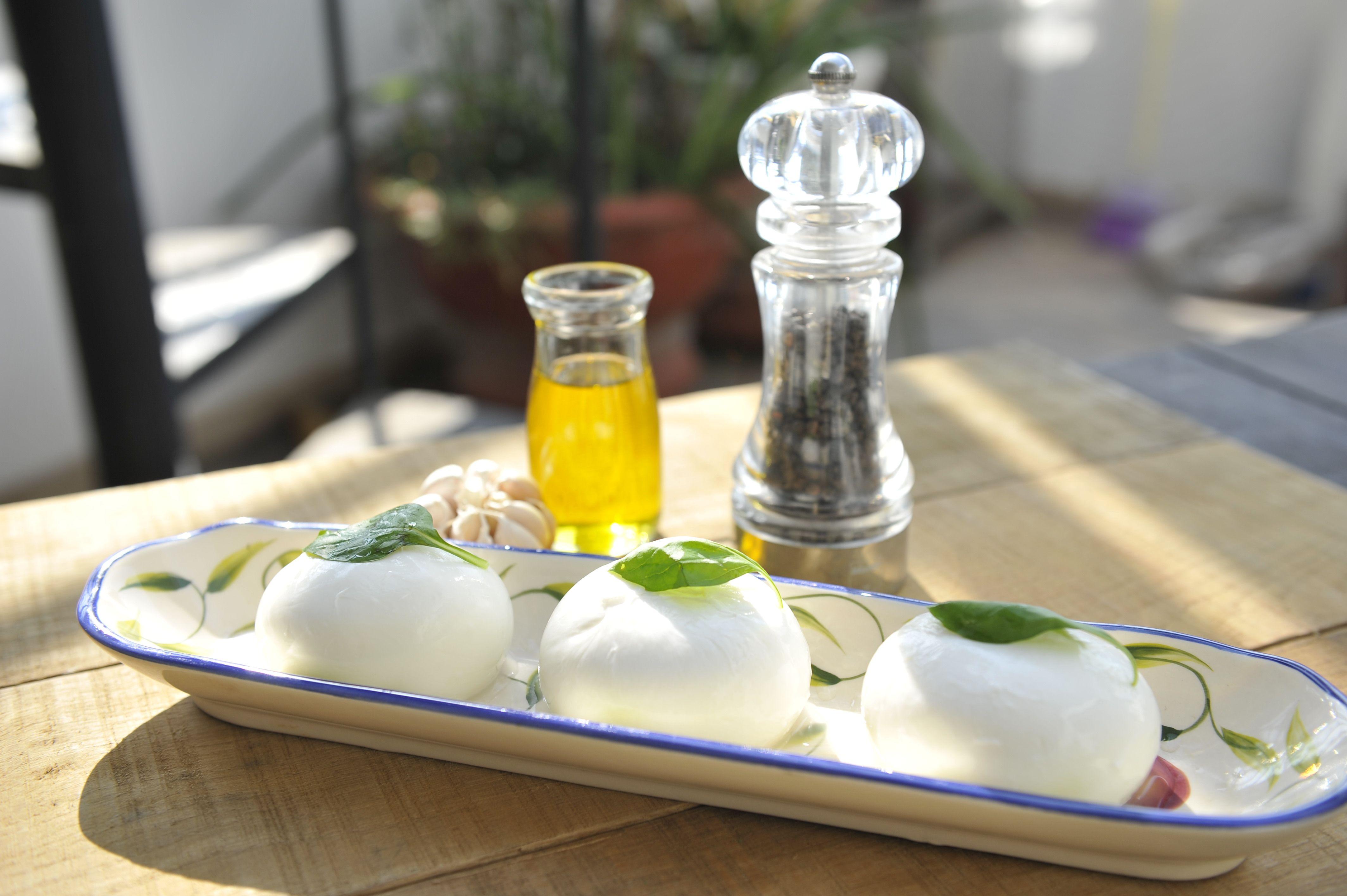When it comes to cheese tasting and trying out new fresh cheese brands in Vietnam, there’s not much in the way of formality! What’s most important is to activate all the senses as well as our sensory memory so as to achieve the best possible appreciation of the subtle flavours and textures that each fresh cheese, in Vietnam and not only, presents.
The first and most important thing we need to know is what milk was used to produce the cheese we are tasting? Every milk has different characteristics and taste: cow’s milk is sweet; goats’ is strong and salty; sheep milk is fatty and the buffalo is sweet with a slight acidic tinge. Once we know this, we can understand the flavour of cheese much better.

The next is the look, smell, feel and taste of the cheese. Visually, we look at the colour of the cheese, which comes in many varieties of both rind and paste. We can all presume that smell also has a big part in cheese tasting—our nose is the “bodyguard” of the mouth, and if something smells bad, we won’t eat it! While Asian people in general do not have a particular nose for cheese, their sense of smell is very accurate. This is a very important phase of the tasting process to become familiar with, and it’s essential when tasting fresh cheese.

When our teeth touch the cheese, we start to pick up its consistency. This leads to the central part of the tasting as the cheese hits the tongue, and it is connected to many elements: our body composition, our memories of food, and our diet.
To experience the after taste of cheese, we must keep our mouth closed and slowly breathe out, letting the air travel upwards through the back of our nose. We will then be able to recall all the aromas present in the cheese, even after it has been eaten. This is the phase when we can clearly smell the animal that produced the milk used for that type of cheese.

Tasting mozzarella cheese is a special case. To professionally taste mozzarella that is made in a traditional way we have to cut a ball (usually 125g) near its centre and then perform two tests:
- The Skin. Fresh mozzarella must look white or light yellow, and must look like a pearl. Industrial mozzarella, being shaped by a machine, cannot have glossy, pearl-like skin nor be perfectly round, as it has not been cut “mozzata” and closed by the hands.
- The Milk. Gently squeeze the top of the mozzarella with a fork. From the part that has been sliced, you will see fresh milk coming out. It is not 100 percent milk—it has some whey in it, a natural product full of proteins resulting from the cheese-making process.

These tests give you the fresh cheese definition and can tell you if the sample is genuine. If the skin is matt or non-existent, or if there is no milk coming out from the mozzarella, it cannot be fresh cheese, or otherwise it is not made with real milk. We recommend staying away from these products, as they are not providing the expected fresh cheese nutrition and are not genuine.
With the real thing, cut off a roughly one centimetre slice of fresh cheese and tear it apart using your fingers. You’ll see the fibres of the fresh mozzarella. If there are no fibres, feed it to the fishes! Such a product is unlikely to be fresh cheese.
While breaking your slice, take a smell very closely. If the mozzarella is at 20–25 degrees, you will be able to clearly smell the milk and its sweet, buttery aroma. This usually brings a smile to the face of any cheese taster!
Ottima Cheese Team
View Products